Rug Service Center knows that a Persian Rug or Oriental Rug is more than just a floor covering. It’s an art piece that grows in value with proper care. We’re here to help you protect that investment for years to come with our expert knowledge and trusted services.
We treat stains, dirt, and damage using safe and proven methods. Our professionals focus on Oriental Rug Wash & Repair, Persian Rug Wash & Repair, stain guard protection, and mothproofing in our modern cleaning facility.
At Rug Service Center, we provide complete care for Persian and Oriental rugs. From cleaning to repairs, every service is designed to preserve your rug’s beauty, value, and longevity.
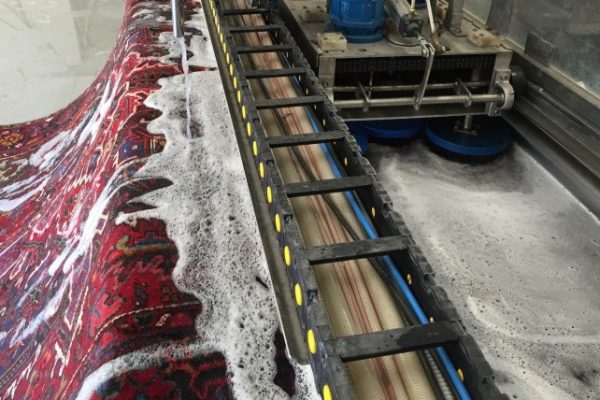
Full-service rug cleaning with insured pickup and delivery. We inspect every rug, select the safest method based on material and age, and restore it using our trusted 6-step process.
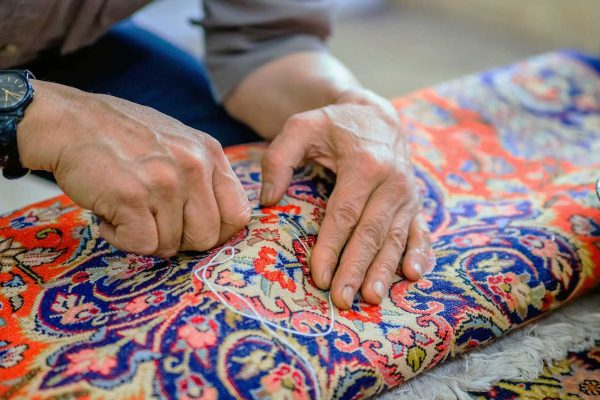
Our repair jobs are recognized among the best in California and Las Vegas. From antique weaving to fringe stitching, hole repair, and artistic restoration, we bring rugs back to life.
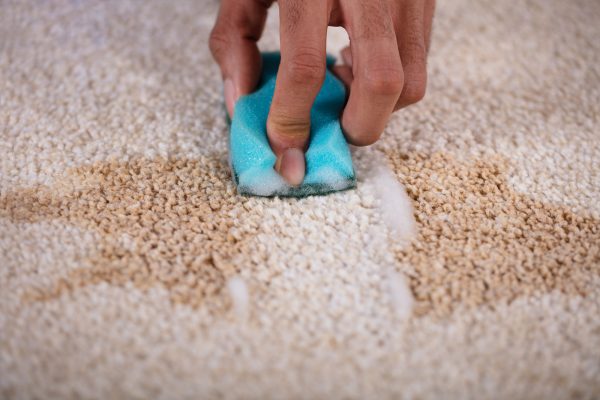
Professional stain removal for residential and commercial clients. Avoid DIY damage—our team eliminates tough stains safely while extending your rug’s lifespan and preserving its natural beauty.
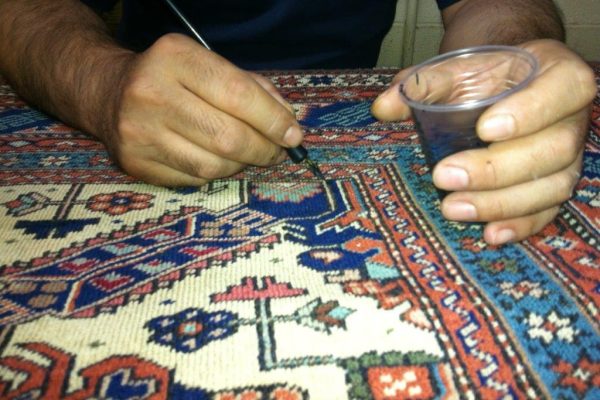
We fix rug color issues caused by fading, staining, or bleaching. Our proven cleaning and dyeing techniques restore vibrant tones, ensuring your rug looks flawless for years to come.
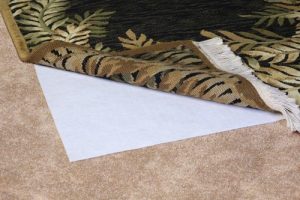
Protect your rug from the bottom up. Our quality underpads extend rug life, prevent slipping, add softness, and reduce noise—an affordable way to safeguard and enhance your investment.
Preserve the beauty and value of your Persian or Oriental rug today. Schedule a free pickup or request a quote—trusted care is just a call away.
See the Dial Difference for yourself! Watch our video portfolio to discover how we turn dirty, worn-out carpets, rugs, and surfaces into spotless, like-new spaces — you won’t believe the results!
1: Duster Machine
Using air pressure, we remove deep dirt, dust, hair, and particles safely before we begin the wet cleaning.
2: Shampooing
We use eco-friendly, organic shampoos on both sides of the rug, safe for all types, including Silk Oriental Rug and Silk Persian Rug.
3: Rinsing
Rugs are rinsed with clean water, front and back, to wash out all leftover soap, dirt, and smells.
4: Wringer
Wet rugs become heavy. Our wringer machine presses out water safely and effectively.
5: Dry Room
We place the rug in a temperature-controlled drying room, simulating a natural drying process.
6: Storage
Your rug is placed in a climate-controlled storage space until we return it to you in top condition.
Your rug is more than décor—it’s art. Let our experts restore, protect, and preserve it
with professional care. Call now to schedule service or request a free consultation.
We’re just one call away. Schedule a pickup at your preferred time.
Our specialist picks up your rug. It is insured while in our care, from collection to delivery.
At our facility, we measure and inspect the rug. Based on the rug’s type, Persian Rug, Oriental Rug, or Silk Oriental Rug, we choose the proper cleaning method.
We follow our tried-and-true method: 1: Duster Machine, 2: Shampooing, 3: Rinsing, 4: Wringer, 5: Dry Room, 6: Storage.
Your rug is placed in a secure, climate-controlled space to protect its fibers, colors, and overall condition until it’s ready for delivery.
We return your rug clean, refreshed, and fully restored—delivered safely back to your home or business at your convenience.
Protect your investment with professional Persian and Oriental rug cleaning, repair, and protection.
Call us today for pickup and delivery service – your rug deserves expert care.
Toll Free: 1-888-369-0000 | California: (626) 301-0801 | Las Vegas: (702) 430-6630

Rug Service Center provides expert Persian and Oriental rug cleaning, repair, and protection. Trusted specialists serving homes and businesses with eco-friendly methods, safe storage, and insured pickup and delivery
Copyright © 2025 Rug Service Center